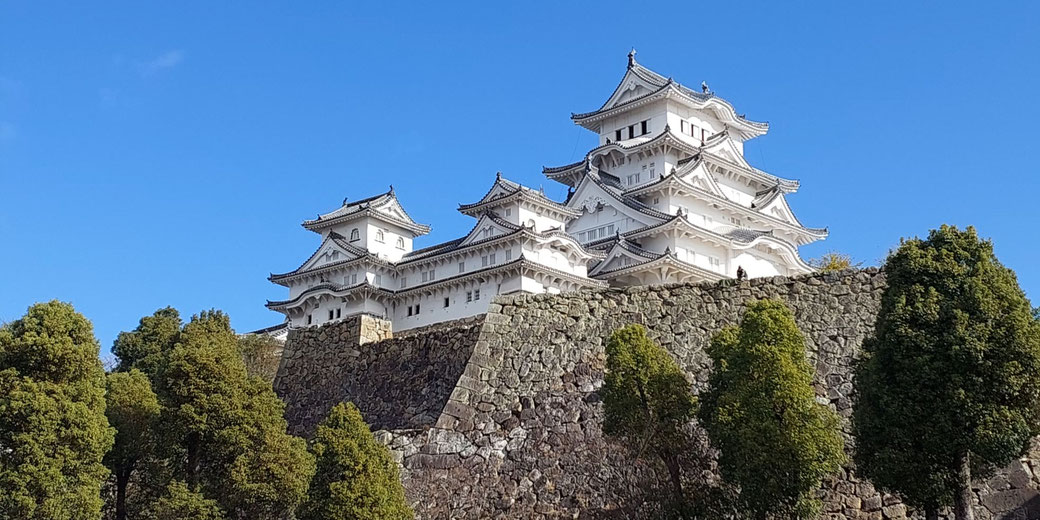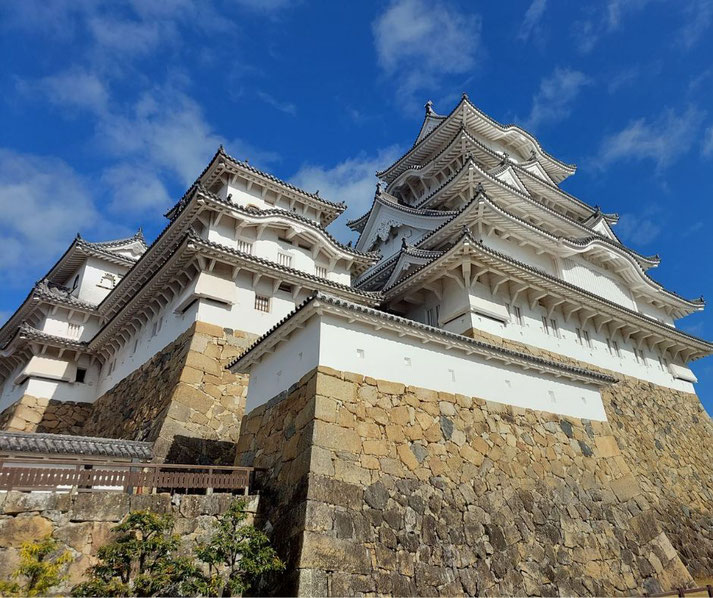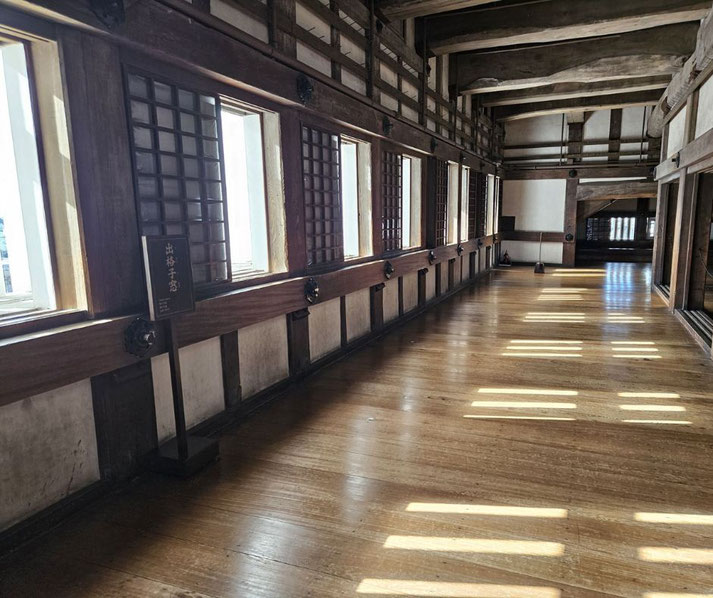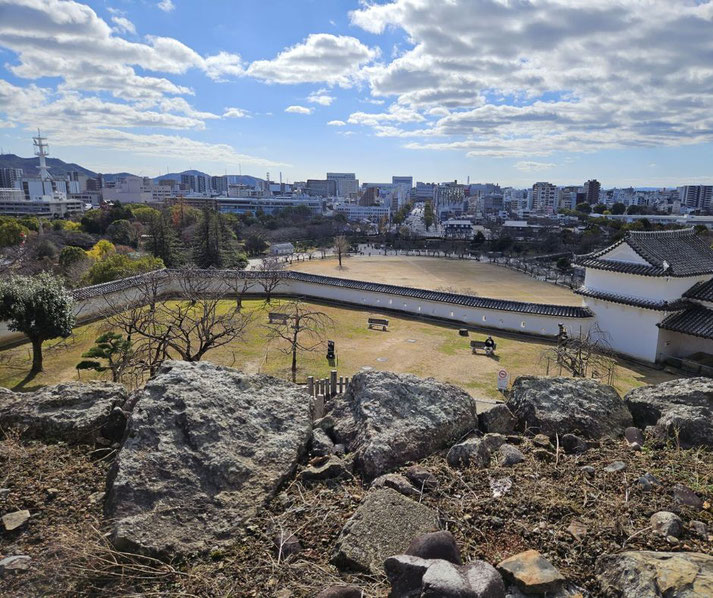Himeji Castle: The greatest samurai fortress still standing

Surrounded by winding moats and defensive stone walls, its gleaming turrets rise from a hill as if in constant guard over the land below.
What began as a simple 14th-century fortification was transformed into a large citadel during the power shifts after Sekigahara, each building expansion, which strengthened its reputation for strong defences.
Amazingly, spared from planned demolition and bombing raids, this building continues as one of the few authentic examples of Japan’s warrior past, which attracts visitors who are keen to follow the paths of samurai armies.
The incredible history of Himeji Castle
Construction on the site began in 1333, when Akamatsu Norimura, a local lord who supported Emperor Go-Daigo, took control of Himeyama hill and likely built early fortifications.
His successor, Akamatsu Sadanori, later changed it into a proper castle in 1346.
Over the next two centuries, the site changed hands multiple times. During the second half of the 16th century, important control of the area passed to Toyotomi Hideyoshi, who constructed a three-storey keep in 1581, which raised the site's military importance.
Hideyoshi, formerly a general under Oda Nobunaga, briefly used the castle as he expanded his influence westward, with guidance from his strategist Kuroda Yoshitaka.
Further transformation occurred after the key Battle of Sekigahara in 1600. Ikeda Terumasa, who had fought on the winning Tokugawa side, was rewarded with control of Himeji.
Between 1601 and 1609, he managed a full redesign and expansion of the castle and turned it into the impressive structure that survives today.
Historical estimates suggest that he may have employed as many as 25,000 workers in a major construction effort that spanned over eight years.
With over 80 buildings, extensive moats, and a detailed system of gates and baileys, Himeji Castle became a model for later Japanese fortresses.
Terumasa's son, Ikeda Toshitaka, briefly held the castle before his death in 1616, though most of the major development had already been completed under Terumasa's leadership.
Control of the castle passed through the Tokugawa family's key allies across generations, but the structure itself remained largely unchanged after the early 17th century, keeping its original Edo-period design.
The unique architecture of the structure
At the centre of the complex, stands the five-storey main keep (tenshukaku), which appears to be six storeys tall from the outside due to a hidden lower level.
It is constructed atop a 46-metre-high hill, which enhanced its visibility and defensibility.
The central tower is surrounded by three smaller keeps and linked by covered passageways, while the castle’s striking white plaster walls were designed to be both visually stunning and very practical.
The thick coating offered significant fire protection and durability. Though sometimes said to reflect back heat during the summer, this effect was likely incidental rather than intentional.
Beneath the elegant exterior lies a formidable military structure, built with the clear intention of withstanding both siege and fire.
Interior elements, such as concealed storage areas, steep staircases, and hidden loopholes, further supported the castle's defensive potential.
The defensive layout of Himeji Castle is among the most advanced of its kind. The maze-like approach to the inner keep forces attackers to wind through narrow passages, change direction repeatedly, and climb steep slopes, all while under constant threat from defenders positioned in higher towers.
The many gates, stone-drop windows (ishi-otoshi), and arrow slits (yazama) were carefully arranged to maximise defensive coverage.
Strategic placement of loopholes allowed defenders to fire matchlock guns or shoot arrows from relative safety.
The curved stone walls, known as musha-gaeshi, made it extremely difficult to scale the outer defences, enhancing the castle’s ability to resist direct assault.

Why Himeji was so important during wartime
Its position between Kyoto and western Japan made Himeji Castle a critical military outpost during the era of civil war.
It guarded the primary routes connecting the former imperial capital to the Chūgoku region and acted as a forward base for campaigns into western Honshu.
During the late Sengoku period, when rival clans vied for control of Japan, the castle's strategic location allowed it to become both a centre of administration and a formidable military stronghold.
It also acted as the administrative heart of Harima Province.
During the Edo period, Himeji remained an important regional power centre.
Although Japan experienced relative peace under Tokugawa rule, the threat of rebellion or invasion never fully disappeared.
The continued presence of a strong castle in Himeji helped deter unrest and allowed the Tokugawa regime to maintain influence across the western provinces.
As one of the largest and most formidable castles of its day, it was also a symbol of order and power that reinforced the authority of the shogunate without the need for constant warfare.
While no full-scale battles were ever fought at Himeji, minor skirmishes and political tensions occurred in the surrounding region.

The reasons the castle is so well preserved
Himeji Castle’s survival owes much to a combination of political decisions, good fortune, and active preservation.
During the Meiji period, many castles were dismantled as symbols of feudalism.
However, local officials recognised the cultural and historical value of Himeji and successfully argued for its preservation.
In 1871, although many of its outer buildings were removed, the main keep was left intact.
The military briefly used the site as a barracks, but it was never converted or destroyed like many others.
When the Imperial Japanese Army constructed a base nearby in the late 19th century, the castle’s location again worked in its favour, as it was seen as a convenient lookout rather than a liability.
During the Second World War, the city of Himeji was heavily bombed. Anecdotal accounts suggest that a firebomb struck the castle directly and failed to explode, a near-miraculous event possibly aided by the building’s fire-resistant design.
In the postwar period, the Japanese government recognised the significance of the site and committed to its full restoration.
Major repair works took place in the 1950s and again from 2009 to 2015, in what became known as the "Heisei Restoration."
These efforts ensured that the original materials and construction methods were preserved wherever possible.
Many of the internal wooden structures, including massive hinoki cypress beams, are intact today.
As a result, Himeji Castle is an almost perfectly intact example of early modern Japanese castle architecture, protected as a UNESCO World Heritage Site since 1993 and a National Treasure of Japan since 1951.

What do you need help with?
Download ready-to-use digital learning resources
Copyright © History Skills 2014-2025.
Contact via email
With the exception of links to external sites, some historical sources and extracts from specific publications, all content on this website is copyrighted by History Skills. This content may not be copied, republished or redistributed without written permission from the website creator. Please use the Contact page to obtain relevant permission.





